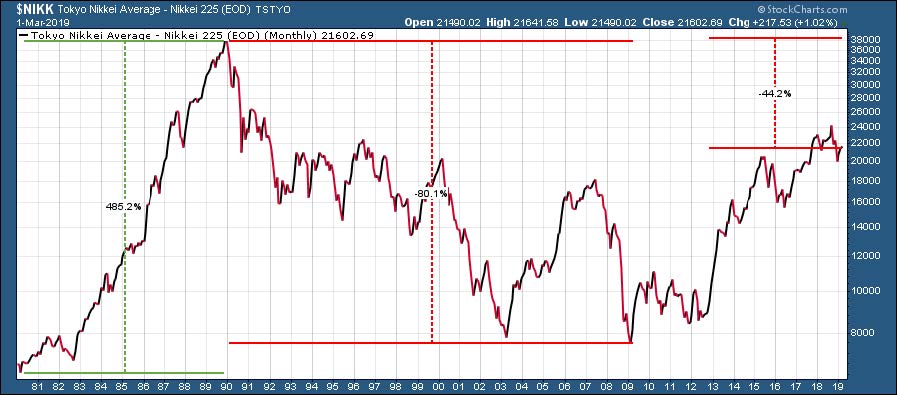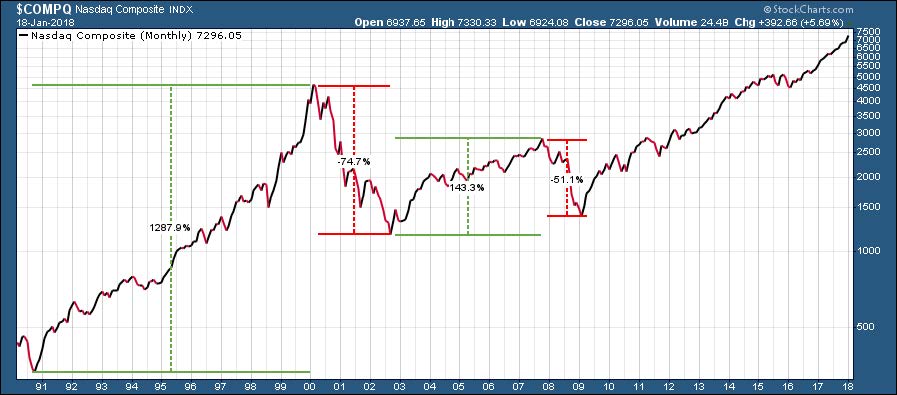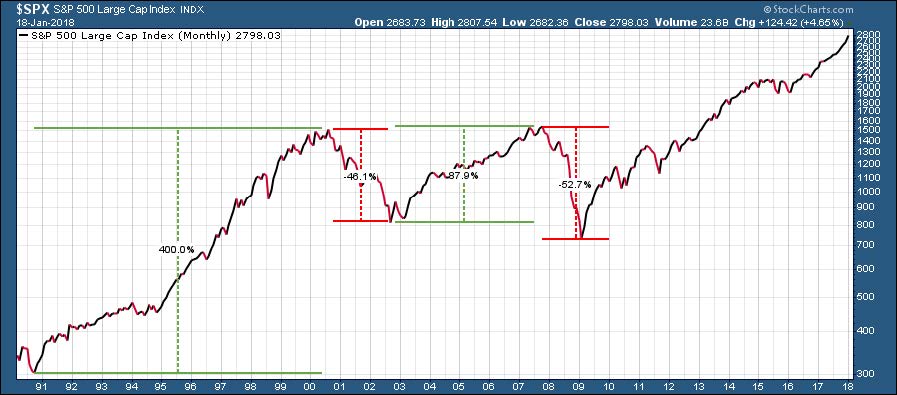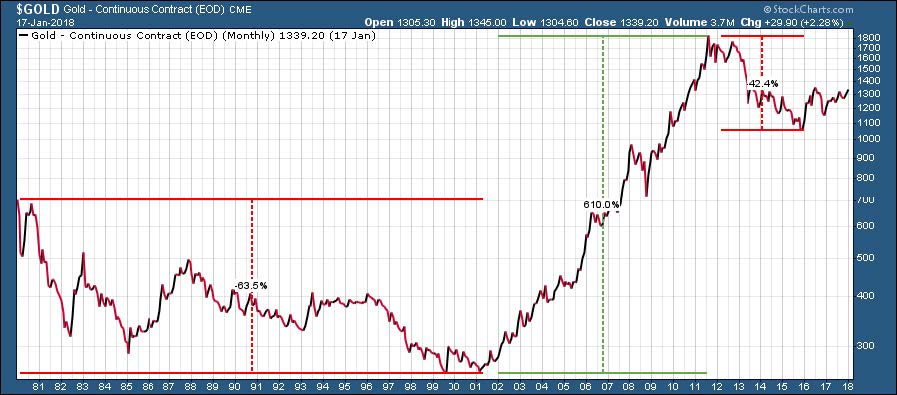The information and material presented in this document are provided for information purposes only and are not to be used or considered as an offer or solicitation to buy, sell or subscribe to any financial service, securities or other financial instruments.
This document does not take into consideration the specific investment objectives, financial situation or particular needs of any person who may receive this report and invest in any financial instrument. Greenwich Creek Capital Management LLC (GCCM) has not taken any steps to ensure that the securities or services referred to in this report are suitable for any particular investor.
This report is not to be relied upon in substitution for the exercise of independent judgment. The value and income of any of the securities or financial instruments mentioned in this document can go up as well as down. The market value may be affected by changes in economic, financial or political factors, time to maturity, market conditions and volatility, or the credit quality of any issuer or reference issuer. Furthermore, foreign currency rates may have a positive or adverse effect on the value, price or income of any security or related investment mentioned in this report.
Many factors may affect the value of a financial instrument, and accordingly, investors effectively assume all risks and may receive back less than they had originally invested. Any investors interested in buying a financial instrument should conduct their own investigation and analysis of the instrument as to the risks involved with transactions on such instrument.
Past performance should not be taken as an indication or guarantee of future performance and no representation or warranty, expressed or implied, is made by GCCM regarding future performance.
This document does not constitute the investment policy of GCCM or an investment recommendation, but merely the different assumptions, views and analytical methods of the analysts who prepared it. Furthermore, the information, opinions and estimates expressed herein reflect a judgment as of its original publication date and are subject to change without notice. GCCM may have issued other reports that are inconsistent with, and reach different conclusions from, the information presented in this report.
The information and opinions presented by GCCM analysts have been obtained from sources believed to be reliable. Although all reasonable care was taken in gathering the information and formulating the opinions contained herein, GCCM does not make any representation whatsoever as to its accuracy or completeness.
Accordingly, GCCM accepts no liability for any loss arising from the use of this document, which has been made available for information purposes only.
This report is issued by GCCM. This document may not be reproduced or distributed, either in part or in full, without prior authorization being obtained from GCCM.
This report is distributed by GCCM based in Stamford, Connecticut, USA. GCCM and its affiliates (or employees thereof) may or may not hold a position in or with respect to the securities mentioned herein.
This report is not directed to, or intended for distribution to or use by, any person or entity that is a citizen or resident of, or located in, any locality, state, country or other jurisdiction where such distribution, publication, availability or use would be contrary to law or regulation.






